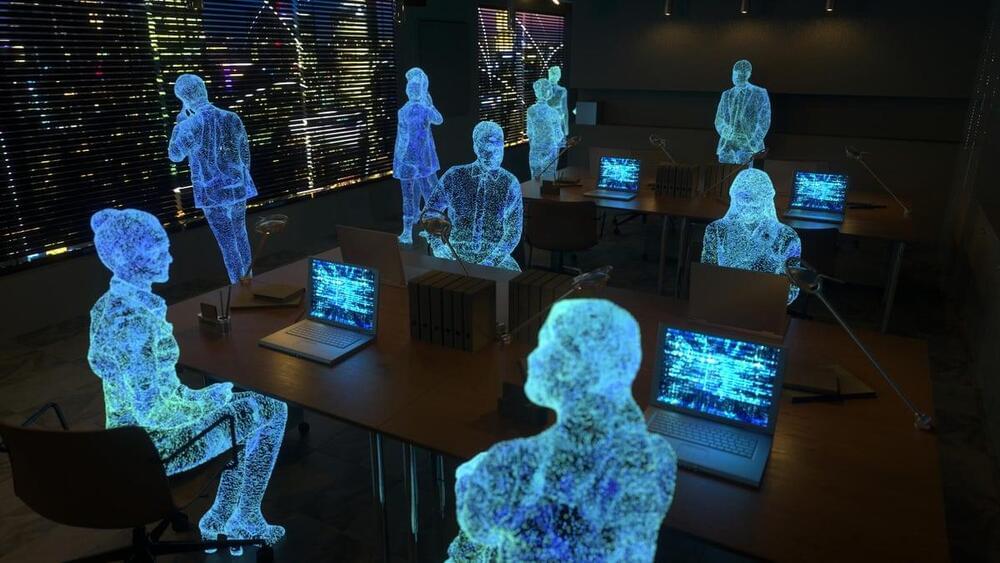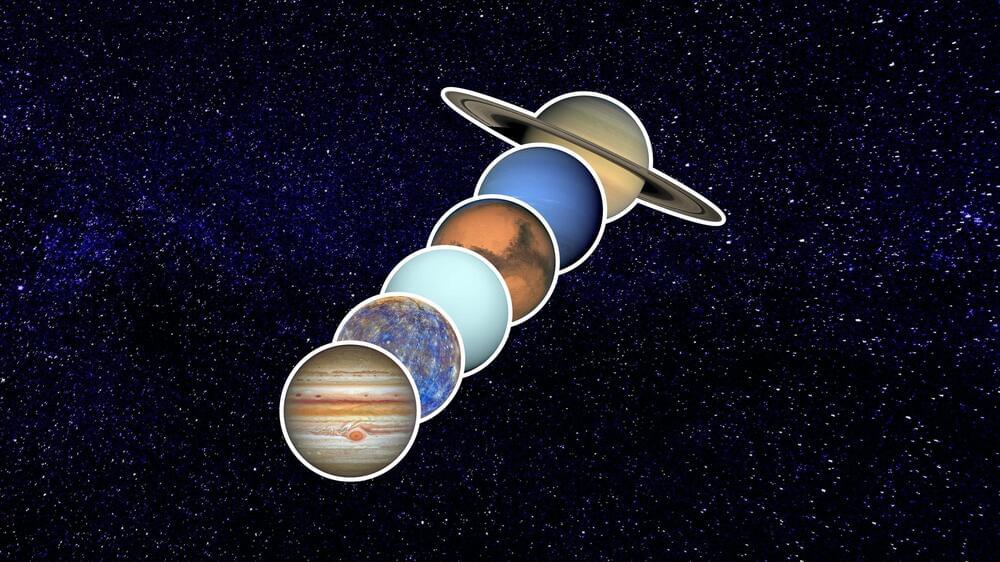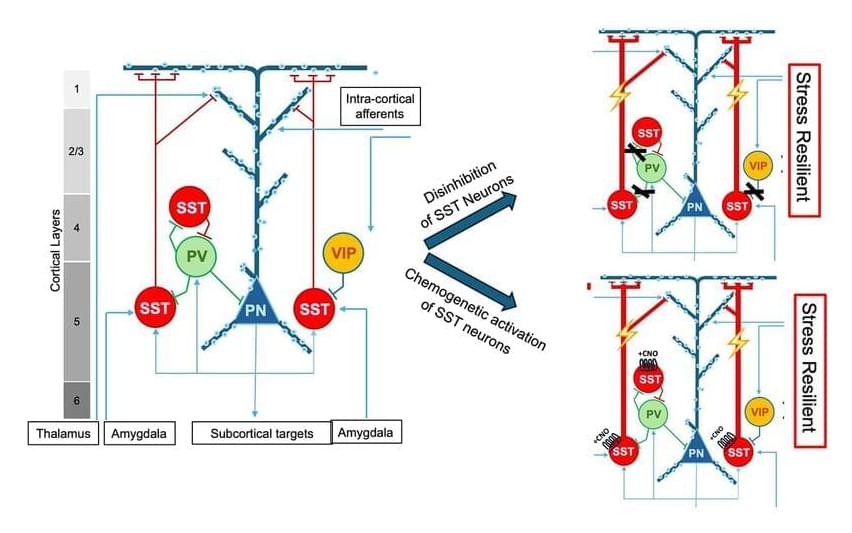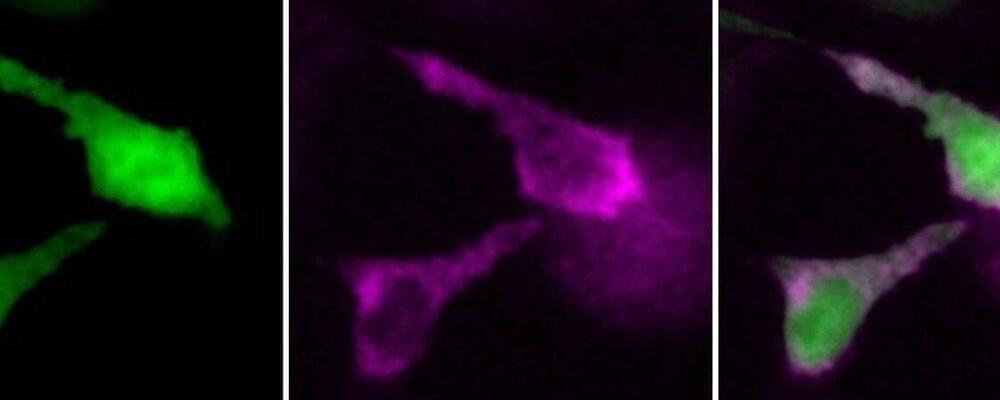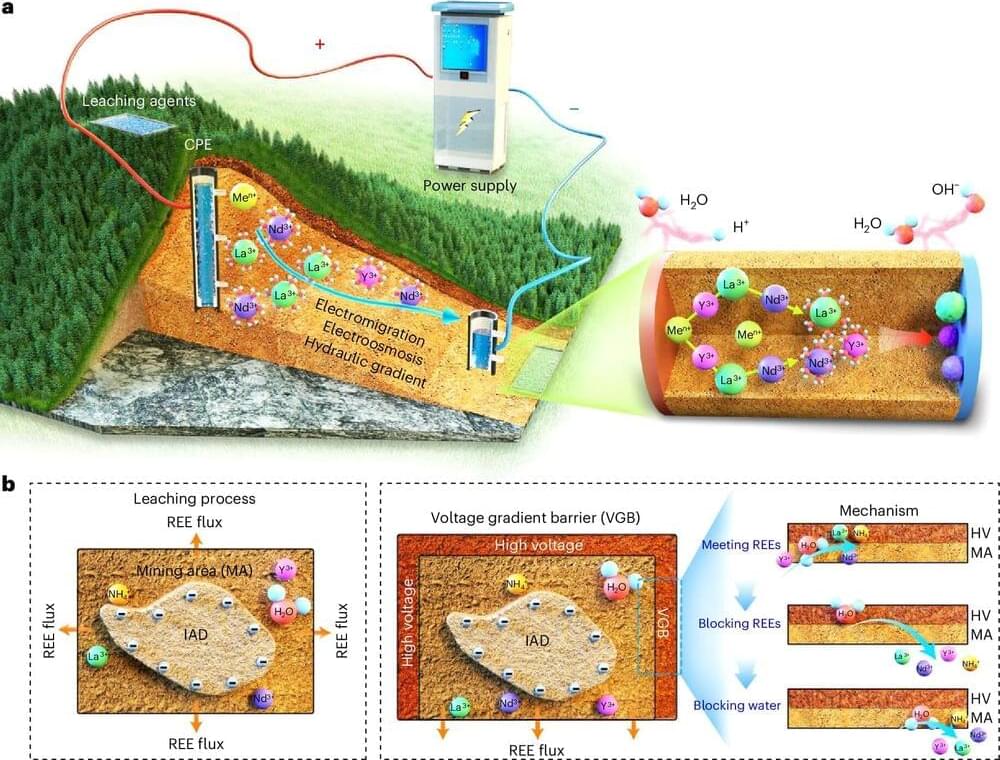Jan 10, 2025
AI agents may soon surpass people as primary application users
Posted by Genevieve Klien in categories: cosmology, economics, robotics/AI
That’s the word from a new set of predictions for the decade ahead issued by Accenture, which highlights how our future is being shaped by AI-powered autonomy. By 2030, agents — not people — will be the “primary users of most enterprises’ internal digital systems,” the study’s co-authors state. By 2032, “interacting with agents surpasses apps in average consumer time spent on smart devices.”
Also: In a machine-led economy, relational intelligence is key to success
This heralds a moment of transition, what the report’s primary author, Accenture CTO Karthik Narain, calls the Binary Big Bang. “When foundation models cracked the natural language barrier,” writes Narain, “they kickstarted a shift in our technology systems: how we design them, use them, and how they operate.”
